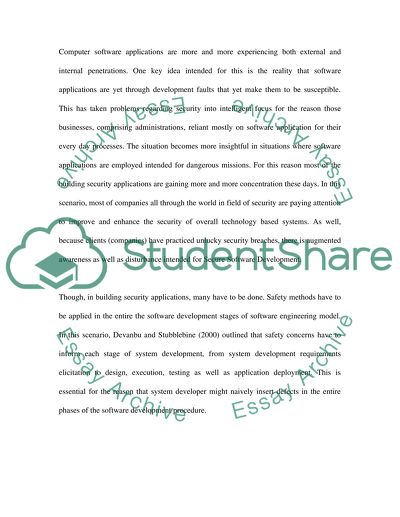Cite this document
(“Secure Software Development Research Paper Example | Topics and Well Written Essays - 6250 words”, n.d.)
Secure Software Development Research Paper Example | Topics and Well Written Essays - 6250 words. Retrieved from https://studentshare.org/information-technology/1605728-secure-software-development
Secure Software Development Research Paper Example | Topics and Well Written Essays - 6250 words. Retrieved from https://studentshare.org/information-technology/1605728-secure-software-development
(Secure Software Development Research Paper Example | Topics and Well Written Essays - 6250 Words)
Secure Software Development Research Paper Example | Topics and Well Written Essays - 6250 Words. https://studentshare.org/information-technology/1605728-secure-software-development.
Secure Software Development Research Paper Example | Topics and Well Written Essays - 6250 Words. https://studentshare.org/information-technology/1605728-secure-software-development.
“Secure Software Development Research Paper Example | Topics and Well Written Essays - 6250 Words”, n.d. https://studentshare.org/information-technology/1605728-secure-software-development.


